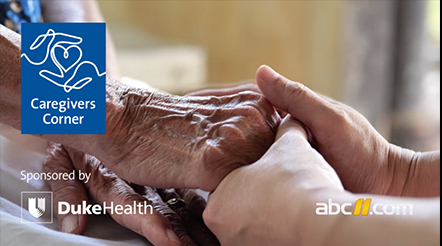When to Transition from Curative Measures to Palliative or Hospice Care



Deciding when to stop seeking curative measures and transition to palliative or hospice care is a deeply personal and often challenging decision. Understanding the differences between these types of care and recognizing the appropriate time for each can help families make informed choices.
Curative Measures vs. Palliative and Hospice Care
Curative measures aim to cure or significantly prolong life by treating the underlying disease. These treatments can include surgeries, chemotherapy, radiation, and other aggressive interventions. While these measures can be effective, they may also come with significant side effects and a reduced quality of life.
Palliative care focuses on providing relief from the symptoms and stress of a serious illness. It is appropriate at any stage of a serious illness and can be provided alongside curative treatments. The goal of palliative care is to improve the quality of life for both the patient and their family by addressing physical, emotional, and spiritual needs.
Hospice care is a type of palliative care specifically for patients who are nearing the end of life, typically with a prognosis of six months or less if the disease follows its natural course. Hospice care prioritizes comfort and quality of life, rather than attempting to cure the illness. It often involves a team of healthcare professionals who provide medical, emotional, and spiritual support to the patient and their family.
When to Consider Palliative or Hospice Care
Frequent Hospitalizations: If a patient is experiencing frequent hospitalizations or emergency room visits without significant improvement, it may be time to consider palliative or hospice care.
Declining Health: When a patient's health is steadily declining despite aggressive treatments, and the treatments are causing more harm than benefit, transitioning to palliative or hospice care can provide better quality of life.
Symptom Management: If managing symptoms such as pain, breathlessness, or fatigue becomes the primary focus, palliative care can offer specialized support to alleviate these issues.
Patient and Family Wishes: Respecting the wishes of the patient and their family is crucial. If the patient expresses a desire to focus on comfort rather than curative treatments, it is important to honor their preferences.
Making the decision to transition from curative measures to palliative or hospice care is never easy, but understanding the options and recognizing the signs can help families provide the best possible care for their loved ones. By prioritizing comfort and quality of life, palliative and hospice care offer compassionate support during a challenging time.
If you need support in your caregiving journey reach out to the Duke Caregiver Support Program for free resources and support. Also, please watch our weekly caregiver educations segments every Monday on Eyewitness News 10-11am.




